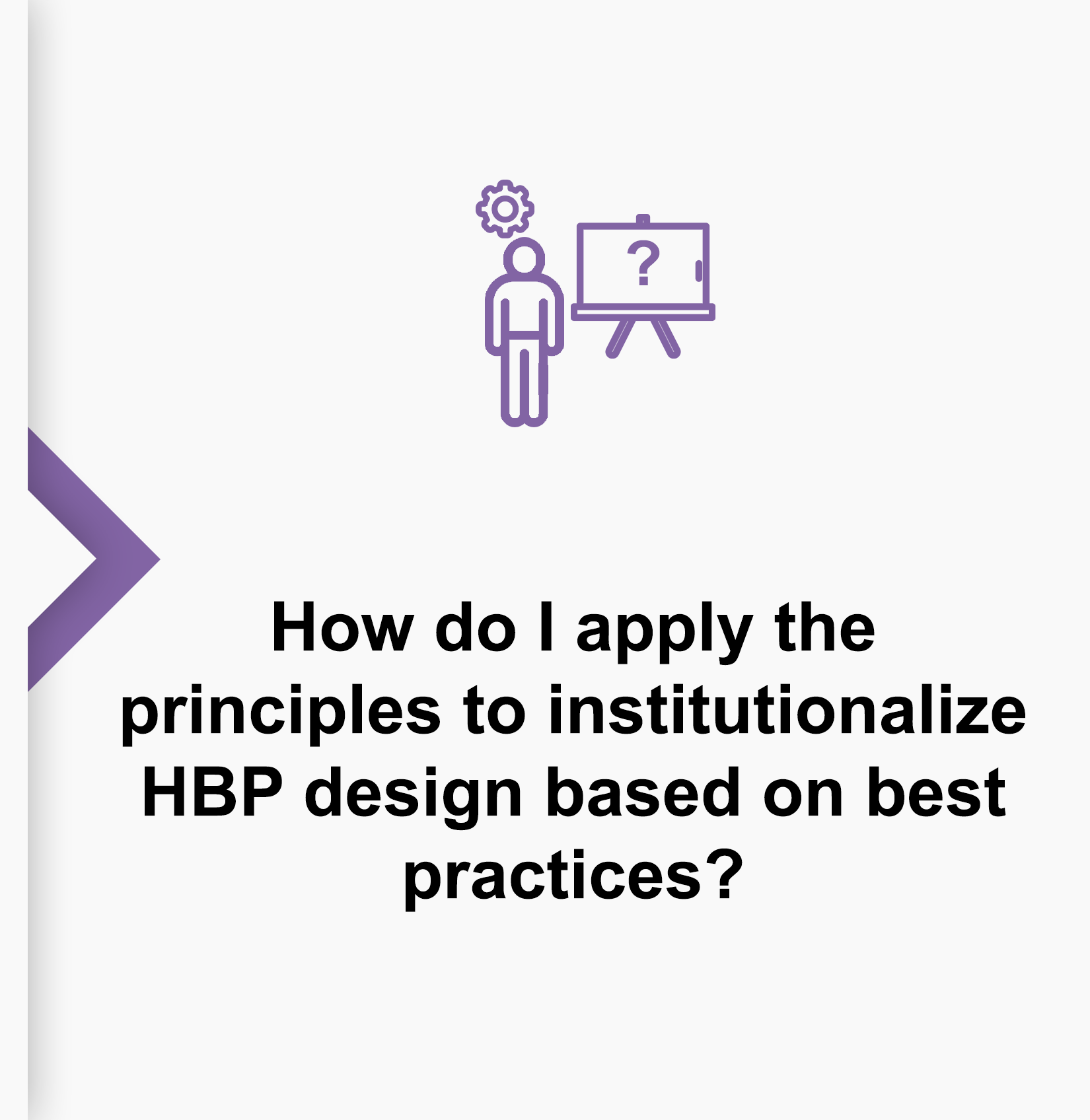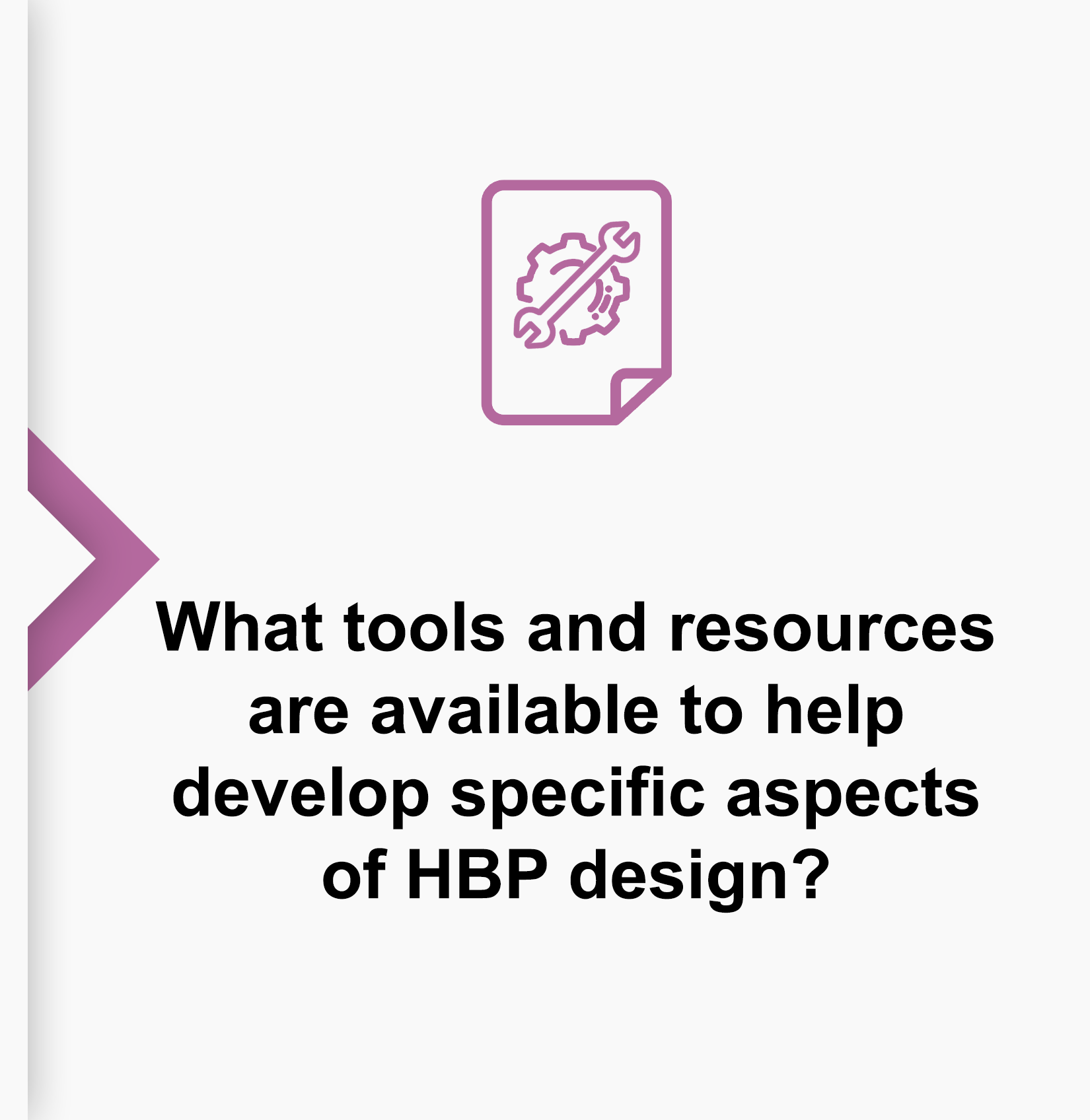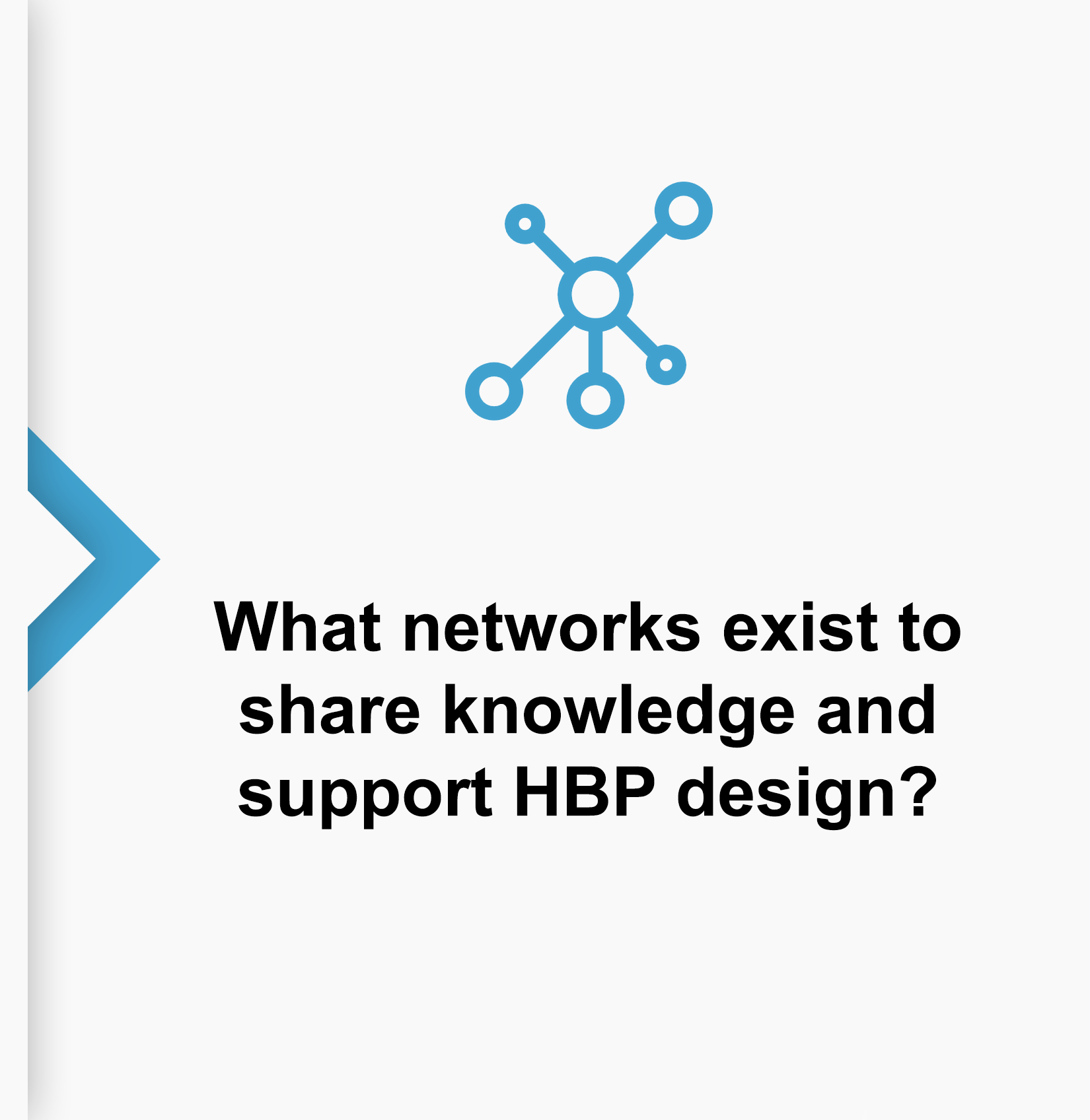
Resource Guide on the Use of Health Technology Assessment in Health Benefit Package Design Processes
Introduction
Many countries around the world use health benefit packages as a key element in their health systems, and they are increasingly recognized as important elements on the path to universal health coverage (UHC). The term, ”health benefit package” in this context refers to a set of services, able to be financed and provided to the population (Glassman et al. 2016). Health benefit packages in many settings are an explicit listing of services with the inclusion and exclusion of contents conducted through a transparent, fair and accountable process. Within any given health system, there may also be multiple different lists, or packages, that exist and that reflect the priorities of the health system; such as, essential medicines lists (EML) and essential devices lists (EDL).
Health benefit packages require processes to inform their design, meaning the decisions of what to include or exclude. In some settings, these processes may be referred to as health technology assessment (HTA), or other terms related to evidence-supported priority-setting. This resource guide is intended to point users to the resources available for health benefit package design, describing available frameworks, guidance, data, and tools.
The resource guide is structured according to four main questions that are seen in the figure below:
While the focus is on materials produced by the World Health Organization (WHO), there are other key references highlighted as well.
The intended audience for this work is policymakers and technical staff working in countries who would like information when engaging in health benefit package design processes, as well as stakeholders from organizations that partner with countries to provide technical assistance on such matters.
What are the Overall Principles of HBP Design? |

The resources provide information such as: explicit listings of principles, recommendations for how to incorporate fairness, decision process frameworks, and considerations for health financing policy. It can be good to revisit these basic foundations from time-to-time for anyone working in, or interested in, this space.
How do I apply the principles to institutionalize HBP design based on best practices? |
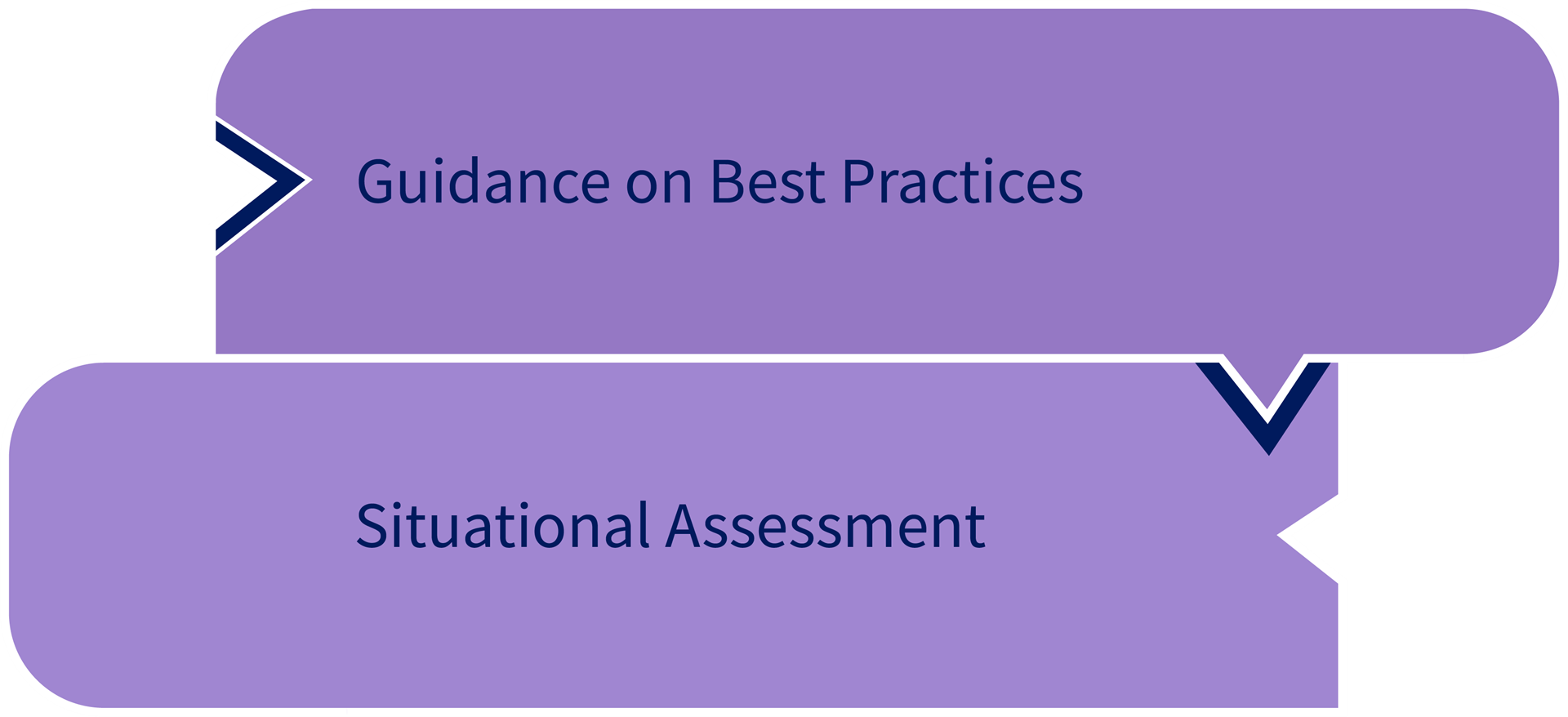
The resources in this section can be broadly classified into two areas: guidance on best practices, and information for situational assessments. The former set of resources contain a how-to guide for institutionalization as well as two documents that provide key concepts and best-practices in this area. The resources for understanding the situation in a given country include the WHO Progress Roadmap (forthcoming) and the WHO Global survey on Health Technology Assessment and Health Benefit Packages.
What tools and resources are available to help develop specific aspects of HBP design? |
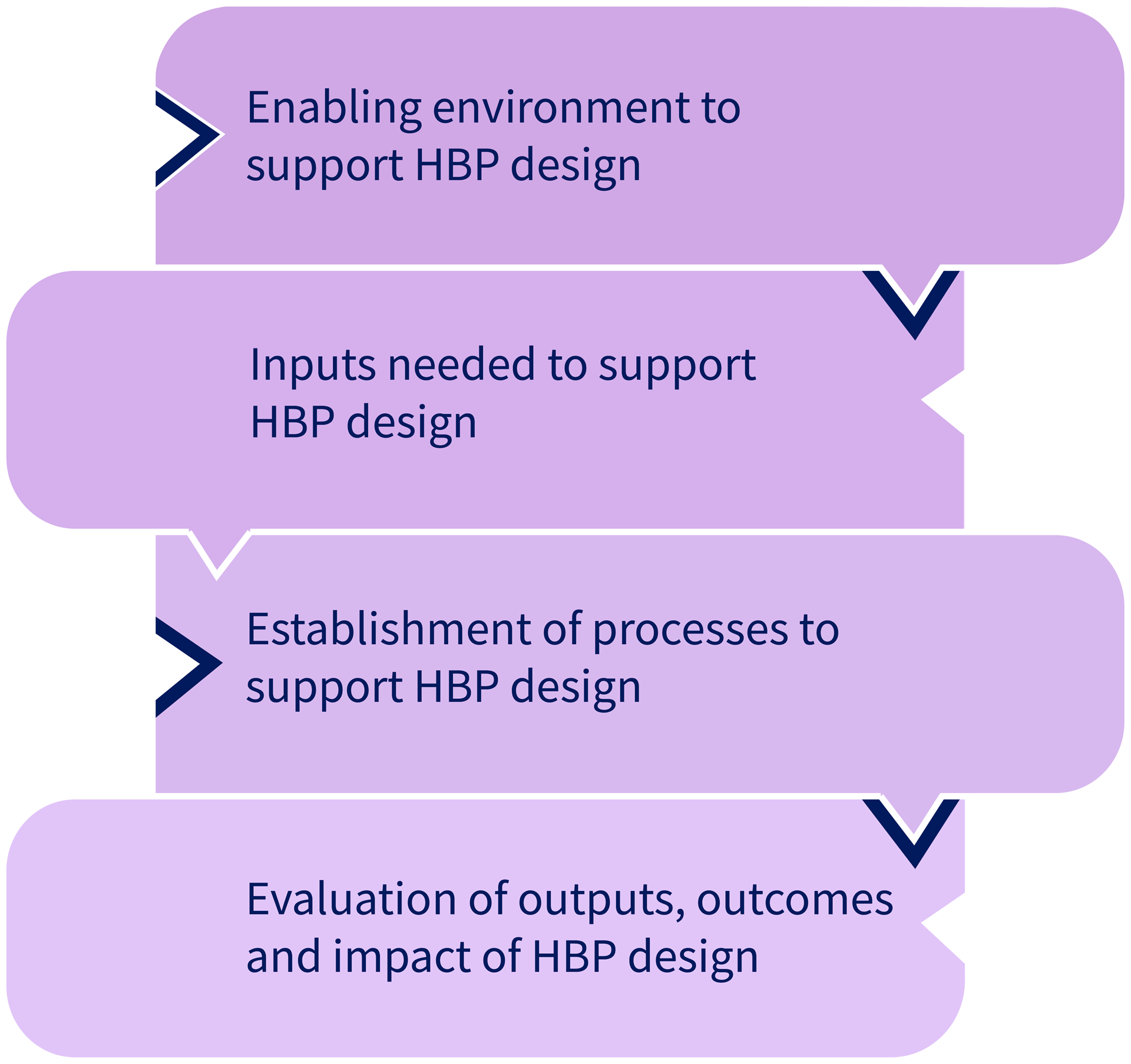
This section contains many of the tools and resources for putting in place HBP design processes. After reviewing the principles, guidance and assessments in the previous sections, and indeed developing one’s own assessment and plan for moving forward, the resources in this section go into more detail on specific areas as well as showing some of the tools and data that exist for conducting analysis and producing inputs into the process. Resources are also provided to aid in conducting a priority-setting exercise and to implement monitoring and evaluation.
What networks exist to share knowledge and support HBP design? |
This section contains information about international and regional networks that can provide support and share knowledge on health technology assessment and health benefit package design process. The networks add value in reducing duplication of efforts, sharing best practices and building capacity for evidence-informed decision making in health . They are important resources for anyone working in, or interested in, this space.


